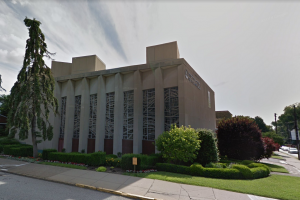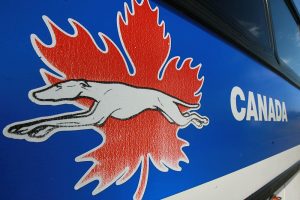The Irish republican paramilitary group known as the New IRA has claimed responsibility for the bomb that exploded in the driveway of a Police Service of Northern Ireland officer’s home on February 23 after falling from his vehicle the previous day.
The group gave a statement to the Irish News newspaper in Belfast using a recognised codeword to validate the authenticity of the claim. It named the officer involved and said that he worked at PSNI Headquarters in Belfast.
The bomb – described as an Under-Vehicle Improvised Explosive Device by the PSNI – was reportedly discovered by a neighbour of the police officer on February 22. It exploded on February 23 as British Army technical officers were examining it. No-one was hurt in the explosion.
The statement claimed that the bomb was of a new design and that it used an “anti-handling device”, which may explain why it exploded while being examined.
'IRA' says it planted bomb under PSNI officer's car in Derry via @irish_news https://t.co/EtewRi749E pic.twitter.com/F5Vn5epNJO
— Connla Young (@ConnlaYoung) February 27, 2017
The explosion is the latest in a string of incidents over recent weeks and months, an uptick in violence that may be in part related to the upcoming elections in Northern Ireland on March 2.
The New IRA has been blamed for a number of “punishment shootings” and bomb finds in nationalist areas of Northern Ireland. It claimed responsibility for the January 22 attack at a petrol station in the north of the city in which one police officer was injured.
The group has used UVIEDs in recent years to target British soldiers, police officers and prison officers in Belfast and Derry.
Prison officer Adrian Ismay died in March 2016, 11 days after a bomb exploded under his van in Belfast.
What is the IRA?
The group that claimed the bombing in Derry calls itself the “IRA” but is referred to as the New IRA. Why?
Irish Republican Army – Óglaigh na hÉireann in Irish, literally “the volunteers of Ireland” – has been used as the name for various Irish republican paramilitary groups for over a century.
Beginnings – 1917 – 1969
The group emerged in 1917 as an irregular paramilitary organisation seeking independence for Ireland from Britain.
During the War of Independence it became the army of the Irish Republic declared by Dáil Éireann in 1919. This organisation has become known at the “old IRA”, and subsequent organisations using the name claim that they are the only legitimate descendants.
After the Anglo-Irish Treaty was signed in 1921, the IRA split into two factions. The “pro-treaty” side became the new Irish government’s National Army and the “anti-treaty” bloc, which opposed the division of Ireland and the creation of Northern Ireland, continued to use the IRA moniker. These groups fought the Irish Civil War until 1923, with the government side prevailing.
The Troubles: 1969 – 1998
The IRA continued as a small insurgent group until 1969 when it split over differences in how it should react to the increasing violence in Northern Ireland. The Provisional IRA – the “Provisionals”, the “Provos” or PIRA – had a mainly northern leadership while the group loyal to the previous leadership became known as the Official IRA.
The campaign of the Provisional IRA during what has become known as The Troubles in Northern Ireland has been well documented.
The Official IRA itself split in 1974 after it called a ceasefire. The splinter group called itself the Irish National Liberation Army or INLA.
The Continuity IRA split from the Provisionals in 1986 after it ended its opposition to republicans taking of seats Dáil Éireann, the Irish parliament.
The Real IRA and other smaller “dissident” groups split from the Provisionals in 1997 in opposition to PIRA involvement in the Northern Ireland peace process, which led to the PIRA putting its weapons beyond use and standing its members down from active service.
Post-1998
The latest group styling itself as the ‘IRA’ is believed to have been formed after a merger of the Real IRA and other smaller Irish republican groups in 2012.
The new grouping is often referred to as the New IRA to help differentiate it from other groups with similar names.
Ardanlee Security Alert:https://t.co/Mx7b4cpiLD
— PSNI (@PoliceServiceNI) February 23, 2017
PSNI confirm that a bomb exploded outside the home of a serving police officer in Derry as ATO was in the process of making it safe.
— Richard Morgan (@Journo_Rich) February 22, 2017
Londonderry: Device found outside police officer's home https://t.co/KKnMAHyHCQ
— BBC Newsline (@bbcnewsline) February 22, 2017
A number of homes in Ardanlee in the city have been evacuated following the discovery of a suspicious object. We will keep you updated.
— PSNI DC&S District (@PSNIDCSDistrict) February 22, 2017




